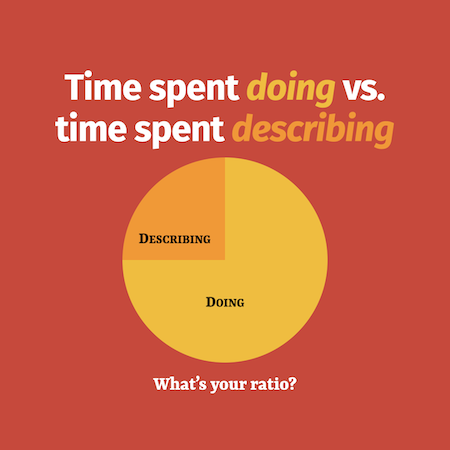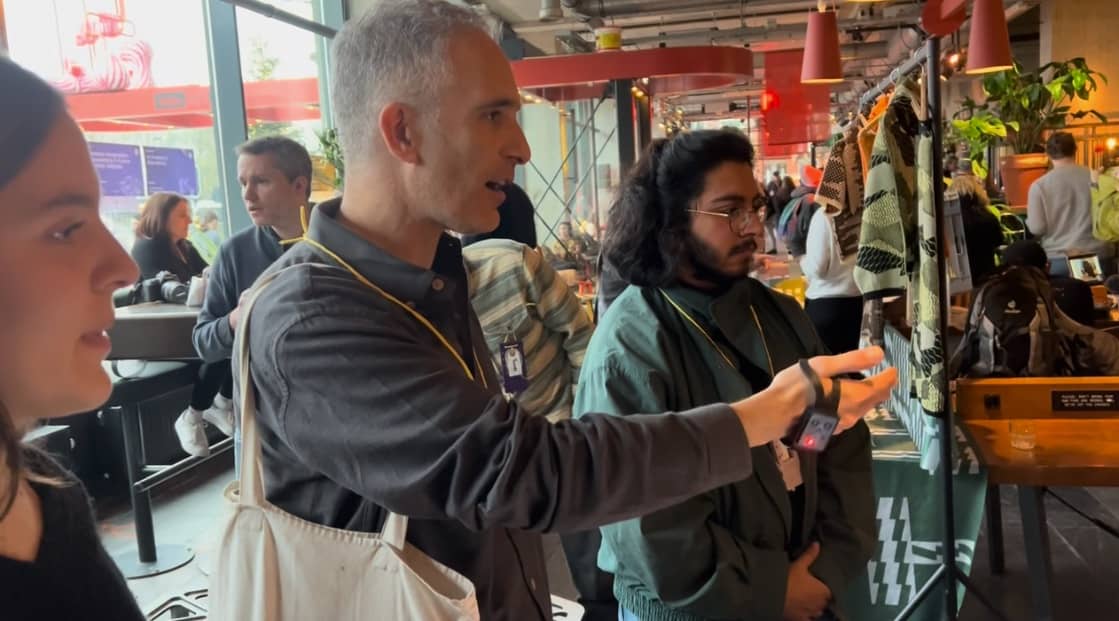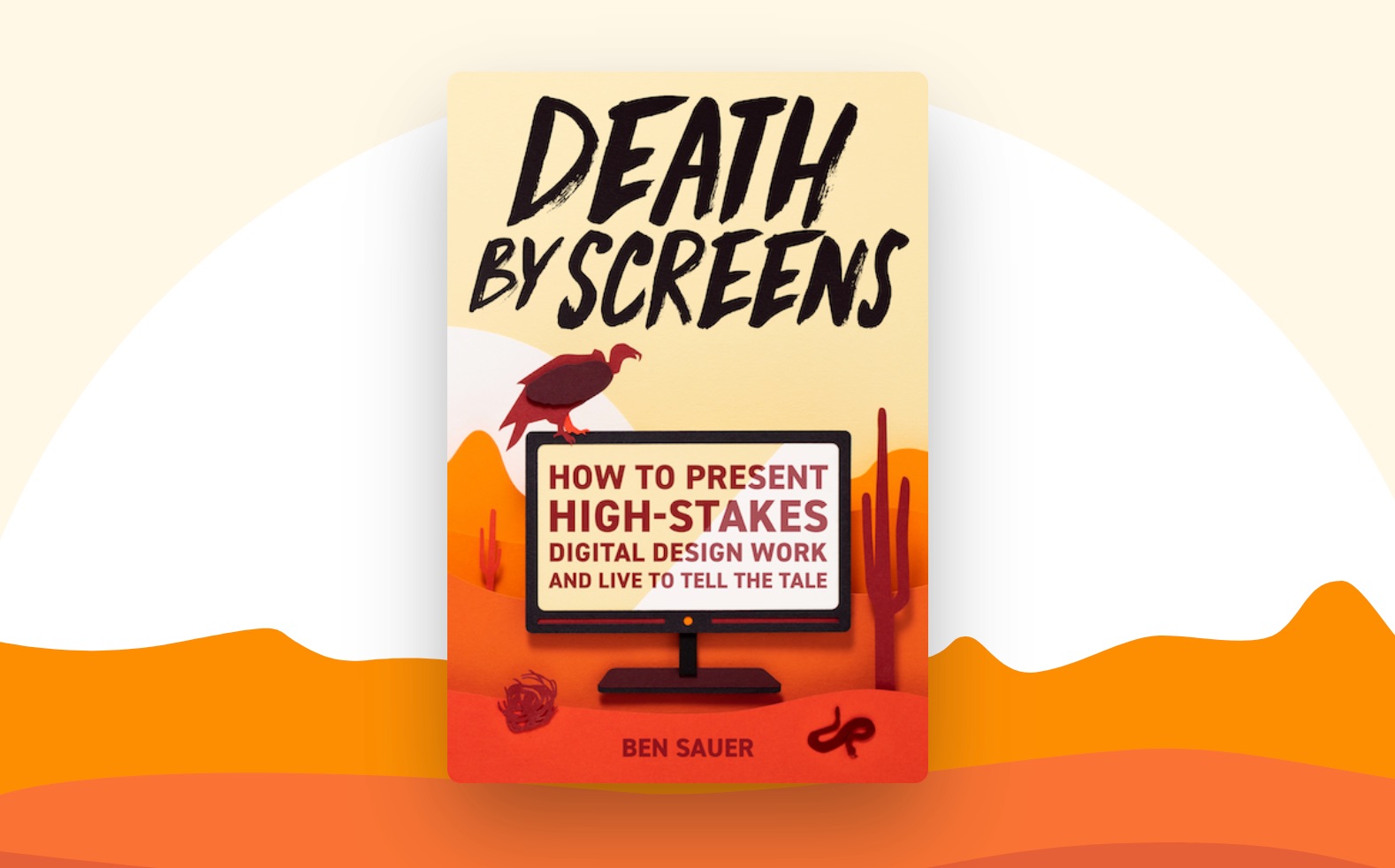Many successful creatives spend a little less time creating the work, and more time on how to communicate it.

About three weeks in to my first startup design leadership job, I had a sudden realisation: I was spending almost no time deliberately and carefully crafting a narrative about my work. Before that role I'd been at the agency Clearleft for a while (20 years old this week!), and then some time freelancing, so I'd been used to spending large amounts of time either justifying my existence to clients, or explaining UX, when it was still a relatively new idea.
For a good few years, most UX was being done by agencies. That time is long gone with good reason, but there was a hidden benefit: people doing UX had to work pretty hard at explaining their work. It's not just about keeping clients happy: there’s a massive hidden benefit (more on that later).
A number of creatives I admire have use a deliberate ratio for how much time then spend describing their work. For some, communication is 25%, for others it’s as high as 50%. For many of us, it’s often an afterthought i.e. 0%. It was zero for me, before I joined Clearleft.
A design leader, Karen Janssen, told me she worked for an agency where they mandated the number of hours you had to spend crafting the words about your work. It was probably a similar amount at Clearleft, if not a rule.
I was with Matt Webb (one of the smartest people I know) at Thingscon Amsterdam before Christmas, and some product design students showing off their work asked us for career advice. Matt's single piece of advice was to spend more time writing about their work; to up the ratio of time spent describing. If you follow his most excellent blog interconnected, you’ll know how prolific he is with writing about his innovative ideas.
 Matt Webb at Thingscon, driving remote-controlled furniture with his wrist (no really.)
Matt Webb at Thingscon, driving remote-controlled furniture with his wrist (no really.)
When I raised this on LinkedIn, here's what Google/Apple designer Scott Jenson said:
My ratio is very high, I’d assume close to 50%, as I always ‘user interview” my stakeholders. That’s the only way to understand what is important to them. I also write emails I never send, or massively rewrite emails to be 1/3 of their original size. It sounds a bit neurotic but obsessing about what (and how) you say something is critical as I always discover some nuance to the problem, some point of view, some vocabulary, that helps unlock agreement.
We all tend to shy away from the dreaded selling of our ideas, but just like marketing is a part of the user's experience, there’s no real barrier between doing the work and communicating it. For the people we work with, a good idea is meaningless if they can’t understand or use it.
But helping others understand an idea isn’t the only benefit, because the way you talk about a thing, shapes the thing.
When you spend time refining the way you write or speak about your work, the primary beneficiary is you, not your audience. When we write about things, it shapes them in our mind, iterates and improves them. It prompts useful questions, like “is it more like this, or that?”
So it turns out that this is one of the simplest ways to improve your work, and how you communicate it: a little less doing, a bit more describing.
Note here that I said simplest, not easiest. We all think we have too much going on. But when we deliberately assign time to communication, the ideas improve, we need fewer meetings, and we can find ways to make it simpler. It's counter-intuitive to take time away from doing the work, but making it work clearer to ourselves means working more efficiently and effectively in the long run.
So I’d love to know: what’s your ratio?
